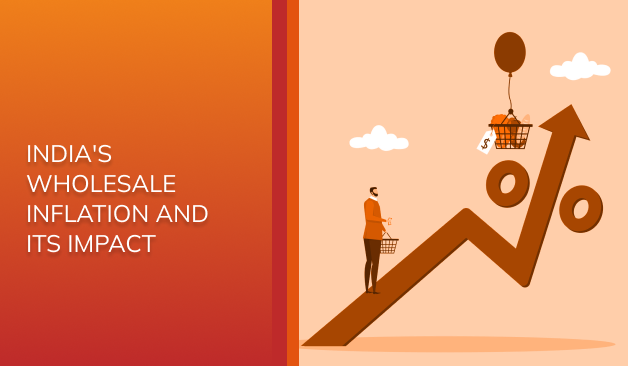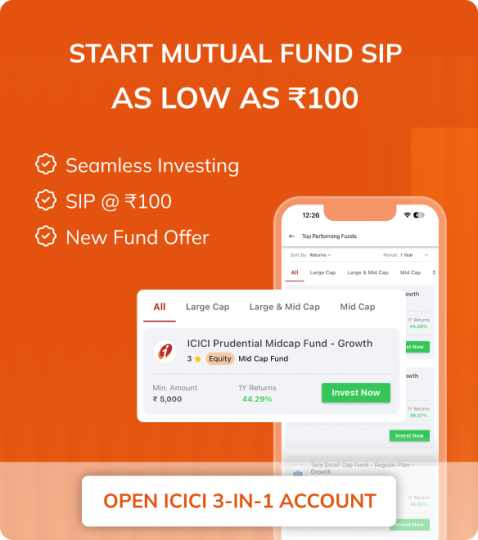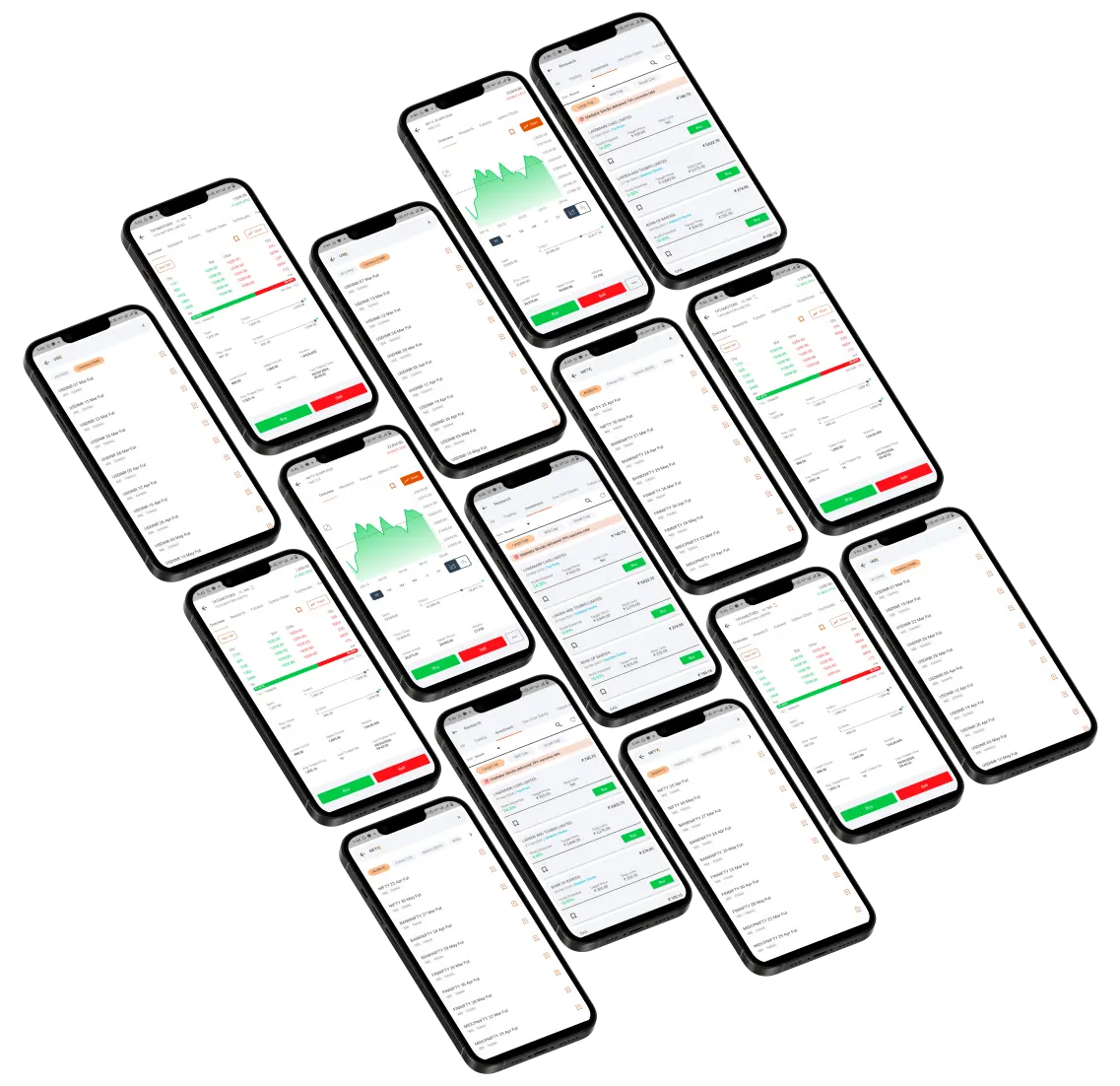
India's Wholesale Inflation and its Impact
The government recently released inflation numbers for February - the numbers are looking good. India's wholesale inflation was 2.38% in February, while it was 2.31% in January. Usually, we refer to retail inflation when talking about inflation. What is wholesale inflation? How it is different from retail inflation? If you are looking for answers to these questions - this is the article for you.
What is Wholesale inflation?
Wholesale inflation refers to the increase in prices of goods at the wholesale level - before they reach the end consumer. It is usually denoted by Wholesale Price Index or WPI in India. WPI tracks the price changes of goods sold in bulk (such as raw materials, intermediate goods, and manufactured products). It does not include the services sector and excludes taxes and retail margins.
How is wholesale inflation different from retail inflation?
You can refer to the below table to understand the difference between wholesale and retail inflation.
|
|
Wholesale Inflation (WPI) |
Retail Inflation (CPI) |
|
|
Definition |
Measures price changes at the wholesale level (before reaching consumers). |
Measures price changes at the consumer level (final goods & services). |
|
|
Coverage |
Only includes goods (no services). |
Includes both goods and services. |
|
|
Base Year (India) |
2011-12 |
2012 |
|
|
Data Collected From |
Wholesale markets, mandis, and factories. |
Retail markets, shops, and service providers. |
|
|
Major Components |
* Primary Articles (e.g., food, fuel) |
*Food & Beverages |
|
|
Impact on Consumers |
Indirect impact (affects production costs, which later influence retail prices). |
Direct impact (shows the actual cost of living for consumers). |
|
|
Used By |
Industries, businesses, policymakers to track supply-side inflation. |
RBI, government, and policymakers for monetary policy decisions (like interest rates). |
Wholesale Inflation: February
India’s wholesale price index-based inflation edged up to 2.38% in February, compared to 2.31% in January, driven by higher prices of manufactured products and a narrowing deflation in fuel prices. Meanwhile, food prices continued to decline, according to recently released government data.
In the manufactured products category, which holds a 64.2% weight in the index, inflation increased to 2.86% in February, up from 2.51% in January, as per data from the Ministry of Commerce and Industry. The rise in inflation was primarily fueled by higher prices in several manufactured goods categories, including:
- Food products: 11.06%
- Vegetable and animal fats: 33.6%
- Tobacco: 2.74%
- Paper products: 2.1%
- Chemicals and chemical products: 1.26%
- Semi-finished steel: 0.51%
Impact of Wholesale Inflation on Indian Economy
Wholesale inflation affects various sectors of the Indian economy in multiple ways. Here is how it impacts different areas:
Impact on Businesses & Industries
- Higher Input Costs: When WPI rises, raw material prices increase, raising production costs for industries.
- Profit Margins Shrink: Businesses may struggle to maintain profits if they can't pass higher costs to consumers.
- Pricing Strategy Adjustments: Manufacturers may hike prices, contributing to retail inflation (CPI).
Impact on Consumers & Retail Inflation
- Delayed Effect on Retail Prices: If WPI rises, CPI (retail inflation) tends to increase later as businesses adjust prices.
- Purchasing Power Reduces: If retail inflation rises, households may cut discretionary spending, affecting demand.
Impact on RBI & Monetary Policy
- Interest Rate Decisions: The Reserve Bank of India (RBI) primarily tracks CPI inflation, but a sharp rise in WPI can signal upcoming retail inflation, influencing interest rate policies.
- Liquidity Management: RBI may adjust liquidity in the banking system to control inflationary pressures.
Impact on Government Policies & Fiscal Deficit
- Policy Adjustments: The government may reduce import duties or release buffer stock (e.g., wheat, rice) to control price spikes.
- Fiscal Burden: If inflation rises, subsidies on food, fuel, and fertilizers increase, straining government finances.
Impact on Trade & Exports
- Competitiveness of Exports: If WPI rises faster in India than in other countries, Indian goods become costlier, reducing export competitiveness.
- Imported Inflation: If global commodity prices rise, WPI inflation increases, making imports costlier (e.g., crude oil, and metals).
Impact on Investments & Stock Market
- Rising WPI can benefit commodity-linked sectors like metals, oil & gas, and FMCG (which can pass on costs).
- But it can hurt interest-rate-sensitive sectors like banking, real estate, and automobiles.
- Stock Market Volatility: Higher inflation may lead to fears of interest rate hikes, impacting investor sentiment.
Before you go
Moderate wholesale inflation is normal and necessary for economic growth, as it indicates rising demand and a growing economy. However, high or volatile WPI inflation can disrupt businesses, reduce consumer purchasing power, and lead to policy tightening by the RBI. Maintaining a balance is key to ensuring stable economic growth.










